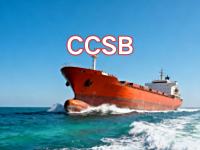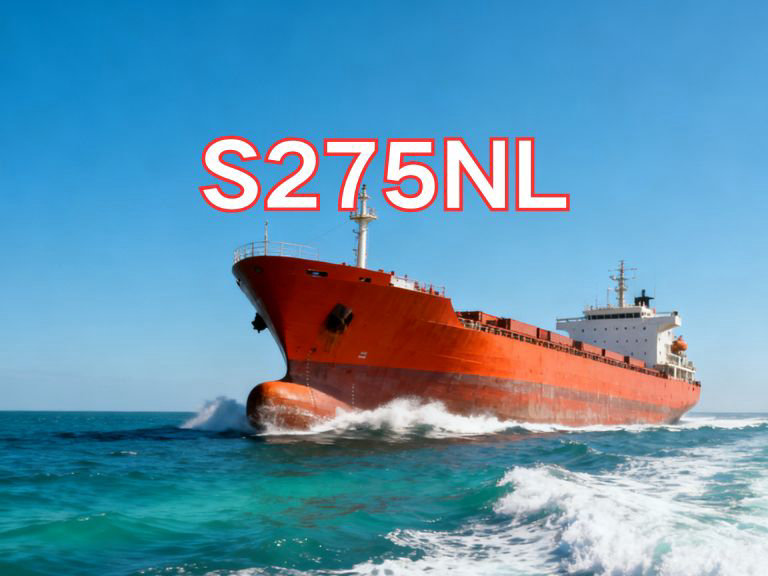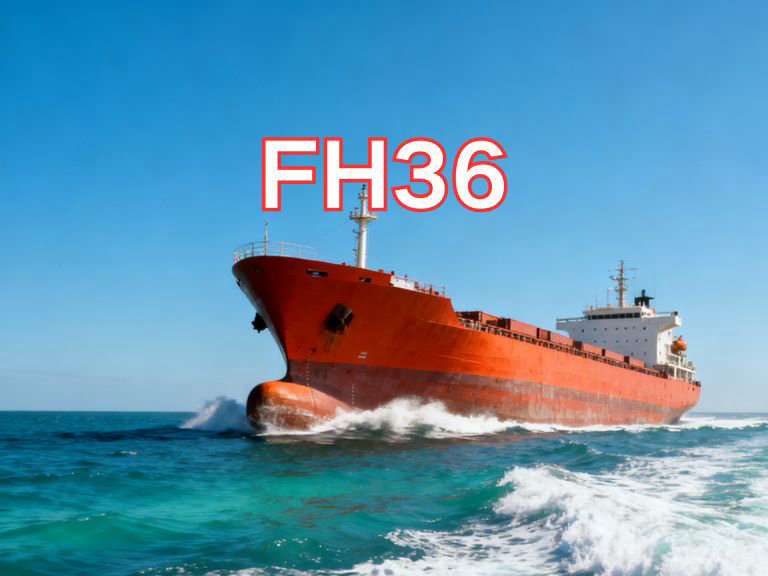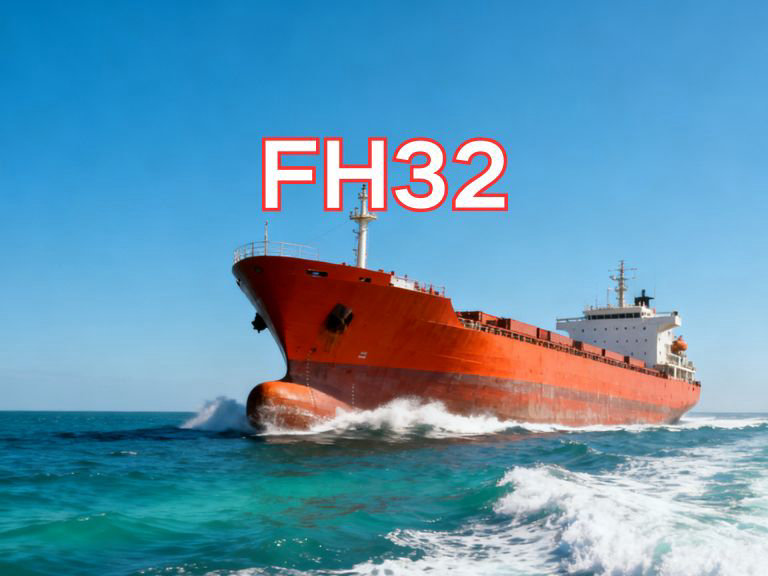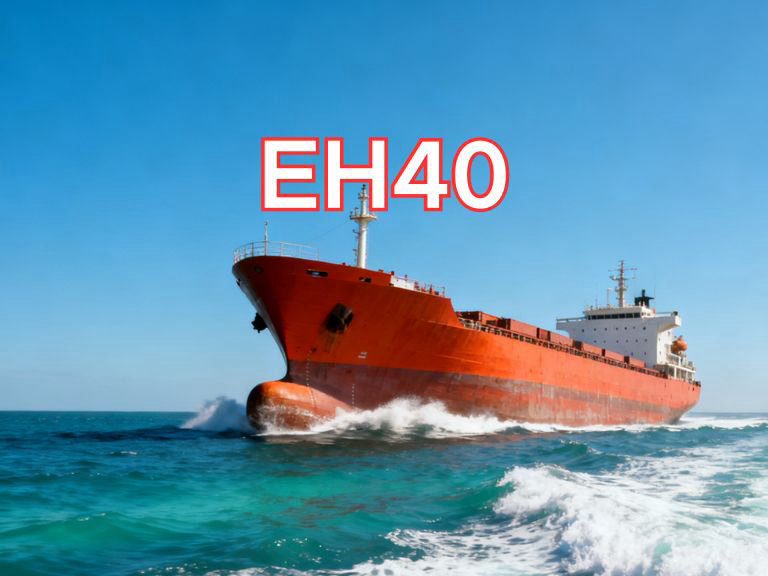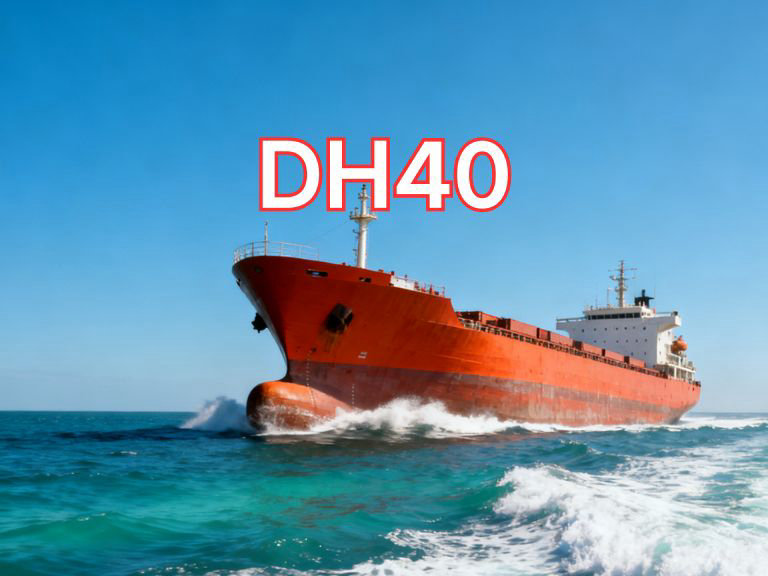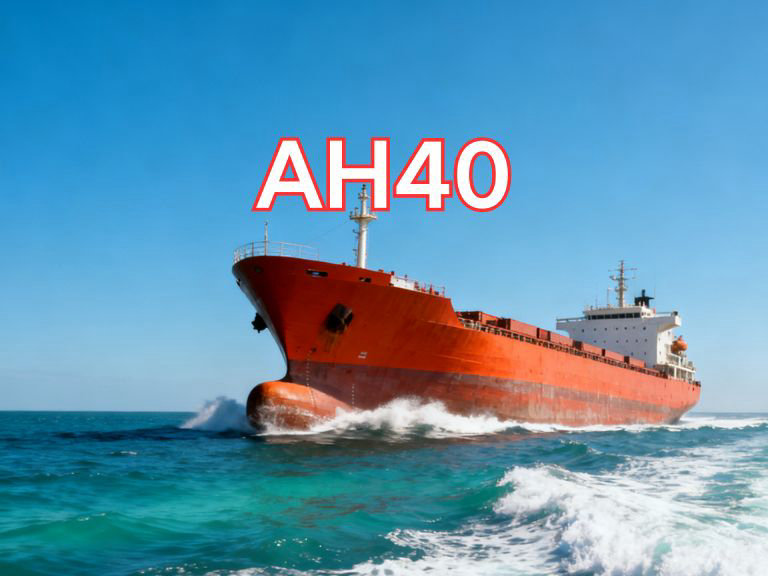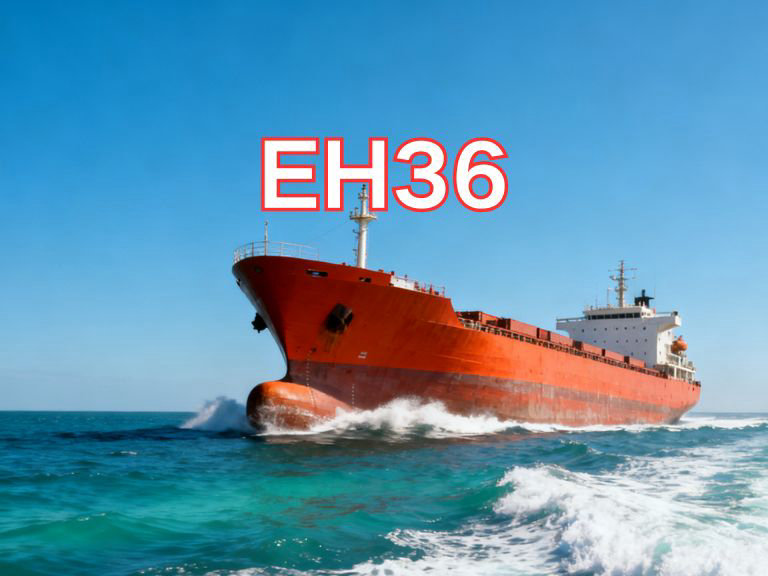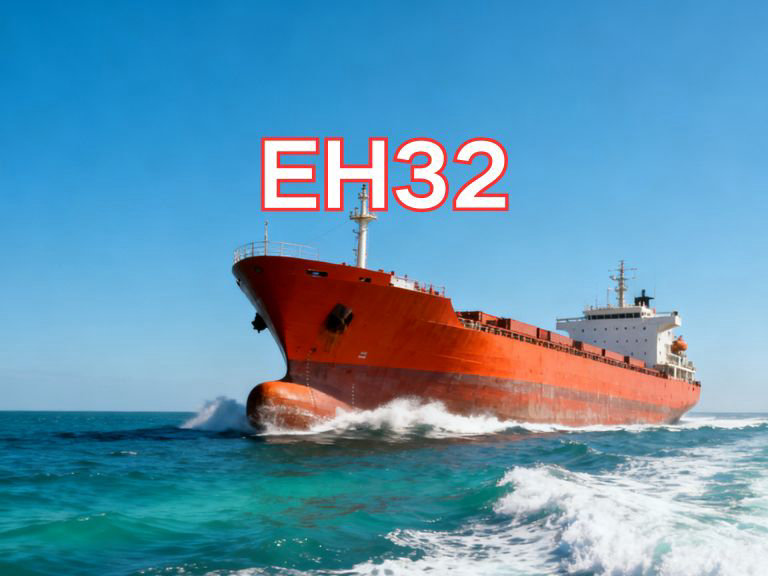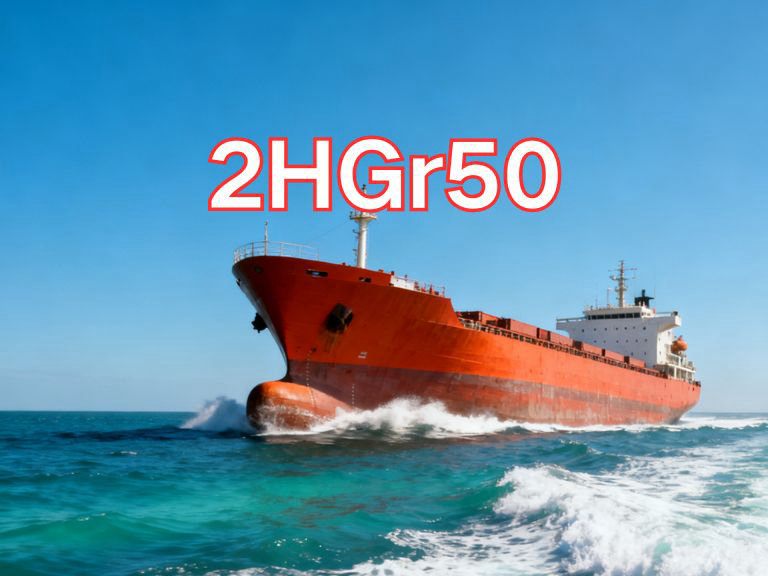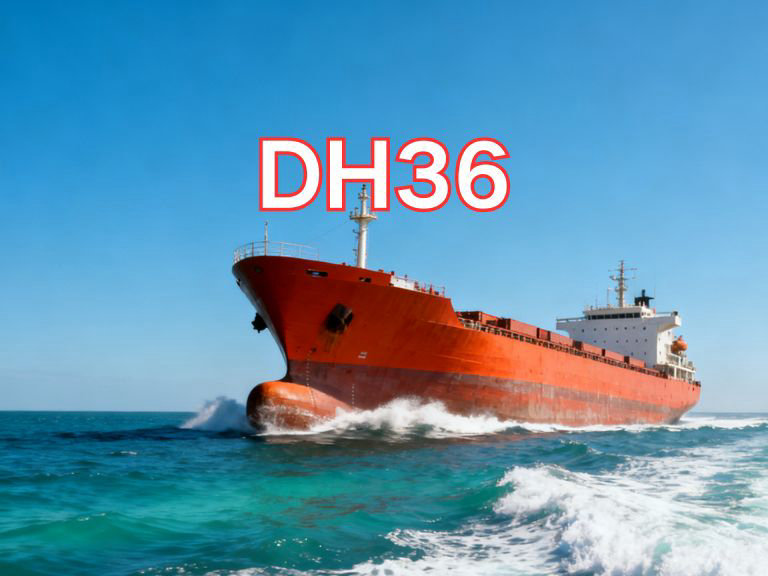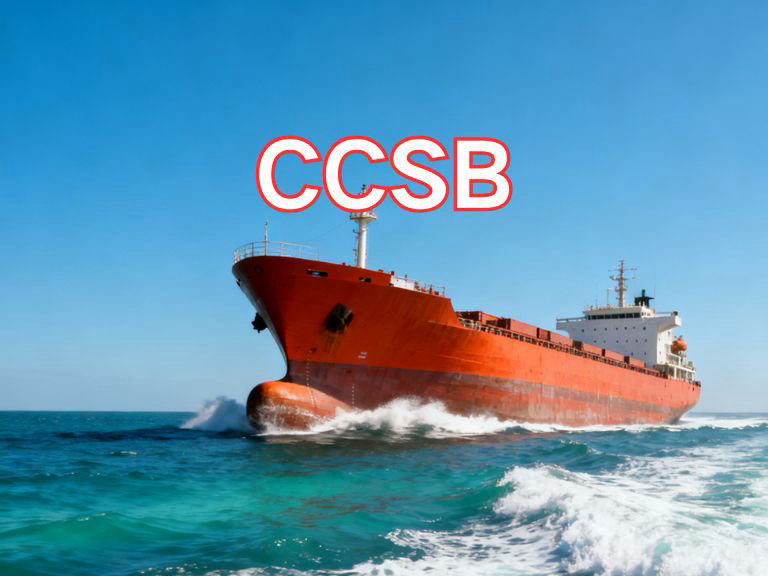

CCSB
CCSB is a high-strength structural steel plate primarily used in shipbuilding and marine engineering. The designation "CCSB" follows the naming convention of the American Bureau of Shipping (ABS), one of the world’s leading maritime classification societies. The letter "C" stands for "Carbon-Manganese" steel, indicating it is a non-alloy structural steel with enhanced strength due to the addition of manganese. The first "C" also signifies that the steel meets the requirements of the ABS Rules for Materials and Welding. The "CS" denotes "Common Structural Steel" used in ship construction, while the "B" refers to the quality grade, indicating that the steel has undergone full killed treatment (deoxidized with aluminum or silicon) and possesses specified impact toughness at 0°C. Therefore, CCSB is a fully killed, carbon-manganese structural steel plate with guaranteed toughness, suitable for welded ship structures and offshore applications.
CCSB steel plate is characterized by a balanced combination of strength, ductility, and weldability. Its chemical composition is strictly controlled, with typical carbon content below 0.21% to ensure good weldability and low carbon equivalent (CEV). The manganese content is elevated (usually between 0.80% and 1.35%) to enhance strength and hardenability. The steel exhibits a minimum yield strength of 34 ksi (approximately 235 MPa) and a tensile strength ranging from 69 to 85 ksi (475–585 MPa), meeting the mechanical property requirements for general hull structures. It also demonstrates good impact toughness at 0°C, ensuring reliable performance in moderate marine environments. Due to its excellent weldability, CCSB can be readily joined using common welding methods such as submerged arc welding (SAW), gas metal arc welding (GMAW), and shielded metal arc welding (SMAW), with minimal risk of cracking. It also possesses good cold-forming and bending capabilities, making it suitable for fabricating complex hull sections.
CCSB is widely used in the construction of commercial vessels such as cargo ships, tankers, container ships, and offshore support vessels. It is commonly applied in hull plating, decks, bulkheads, and internal structural components where moderate strength and good weldability are required. It is not typically used for low-temperature service or in areas subject to extreme stress, where higher-grade steels like ABS DH36 or EH36 would be preferred.
The current standard governing CCSB steel plate is ABS Rules for Materials and Welding, specifically Part 2: "Steel and Iron Castings" and Part 3: "Hull Construction and Equipment," published by the American Bureau of Shipping. The latest edition, updated annually, is 2025 Edition, which includes detailed technical requirements for chemical composition, mechanical properties, testing procedures, and manufacturing practices. As a globally recognized material in shipbuilding, CCSB remains a fundamental choice for marine structural applications due to its reliability, availability, and cost-effectiveness.

Ultrasonic Testing (UT)
A key non-destructive testing technique that uses high-frequency sound waves to detect internal flaws in steel plates. The probe emits sound waves, which reflect when encountering defects such as cracks or inclusions. The receiver captures the echoes, enabling precise determination of defect location and size. With high sensitivity, strong penetration, and fast inspection speed, UT effectively ensures internal quality, widely used in the production of heavy plates, pressure vessel plates, and other high-end products to guarantee safety and reliability.

Magnetic Particle Testing (MT)
A common surface inspection method that magnetizes the workpiece, causing leakage magnetic fields at surface or near-surface defects like cracks or inclusions, which attract magnetic particles to form visible indications. Simple to operate and highly sensitive, MT is suitable for rapid inspection of surface and near-surface flaws in ferromagnetic materials, widely used for online or offline inspection of plate edges, ends, and welds, ensuring product quality and safety.

Penetrant Testing (PT)
A non-destructive method for detecting surface-breaking flaws. A penetrant liquid is applied to the cleaned steel surface, allowing it to seep into defects such as cracks or pores. After removing excess penetrant, a developer is applied, causing the trapped penetrant to bleed out and form visible indications. Simple and cost-effective, PT is suitable for inspecting surface defects in various non-porous materials, commonly used for welds, castings, and complex components, effectively ensuring surface quality of steel plates.

